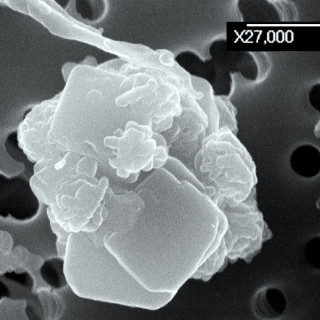Lighting candles could be good for your heart
Inhaling candle smoke has a positive effect on how the heart regulates its rhythm, a study at Lund University in Sweden has found. One theory is that the salts of sodium and potassium in the candle smoke affect the rhythm regulation.
The study concluded that the variability in heart frequency increases when someone inhales candle smoke, even at relatively low indoor concentrations. This indicates that the heart and nervous system are well-functioning. A decrease in variability can signal that the body is exposed to something that affects long-term health.
The researchers are not certain exactly why candles have this impact, but a qualified guess is that it is due to the salts of sodium and potassium in the smoke. When the candle flame does not flicker, the salt particles are generated. However, the more the flame flickers, the more soot is created. Several earlier studies have confirmed strong links between airborne particles and cardiovascular problems.
“We haven’t found anything to indicate that calmly burning pure stearin candles is unhealthy. On the contrary”, says Christina Isaxon, the doctoral student in Ergonomics and Aerosol Technology behind the study.
Inger Hagerman, consultant cardiologist at Karolinska Institute, who has collaborated with Christina Isaxon, notes that the heart needs to have a good balance between sodium and potassium salts in order to maintain a proper rhythm regulation.
“What is particularly interesting is that we have seen a positive effect on the part of the autonomous nervous system that is connected to better heart health.”
The candle smoke studies were performed in the aerosol chamber of the Department of Design Sciences. Here, test subjects were exposed to candle smoke particles under the supervision of medical experts. The purpose was to study how the particles affect us long before we become aware of any physical effects. Heart rate variability was one of the biological markers investigated.
Christina Isaxon has also carried out measurements of particles in residential dwellings, and has shown that the majority of our activities indoors generate particles that strongly affect our indoor air. Indoor particle concentrations increase significantly when we cook, use the toaster or microwave, or burn candles. Since we spend more than 85% of our time indoors, of which 65% is at home, studies of indoor air are very relevant.
Our indoor activities are major particle generators, and most of the time there are much higher concentrations of particles in indoor air than outdoors.
“So far, it is not totally clear how these particles affect our bodies,” cautions Christina Isaxon. In her future research, she will investigate the properties of the candle particles that can explain the positive cardiovascular effects, and how other particle sources indoors can affect our health.
Text: Jessica Sellergren
Published: 2014
Study: Aerosol characterization in real life and a methodology for human exposure studies in controlled chamber settings
The research was conducted at the Division of Ergonomics and Aerosol Technology in cooperation with Occupational and Environmental Medicine at Lund University.





